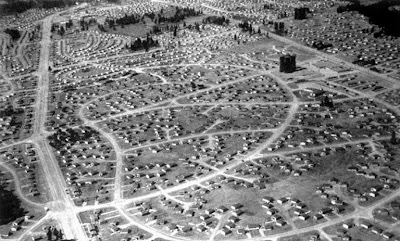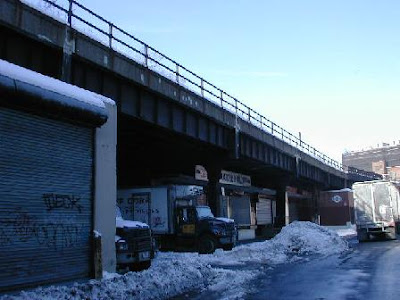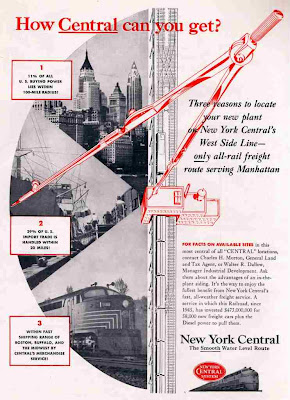
The built environment is made up different systems and components (roads, factories, residencies, shipping yards, restaurants, tunnels bridges, etc.) which functions as avenues and settings for the people, activities and mechanics of a city. As the activities and demographics of a city change over time, elements of the urban fabric are used differently: some are retooled and redesigned to accommodate the changes, others are destroyed forever and still others are abandoned as they are. Abandoned urban spaces can take the form of empty, derelict factories, underpasses and outdated service tunnels but can also be empty plazas, back alleys, scraps of space in-between buildings and expansive parking lots which have, for one reason or another, fallen into disuse. Before long, these spaces, ignored by the city and it’s intended users will attract new users: scavengers of space.
Street skating is rooted in the reapportion of urban spaces like these. Skateboarders use the armature of the city, which once served a bureaucratic or civic purpose, and utilize it for it’s physicality: exploring their very floors and walls (as slopes, ledges, curbs, dips, gutters and steps) and their street furniture (like handrails, benches, trashcans, tables, etc.). While skateboarding is often looked at by city officials and property owners as a public nuisance and frequently banned in public spaces, street skating as a civil act is integral in the adaptation and reuse of spaces which have become obsolete.



























.jpg)
.jpg)
.jpg)
.jpg)











